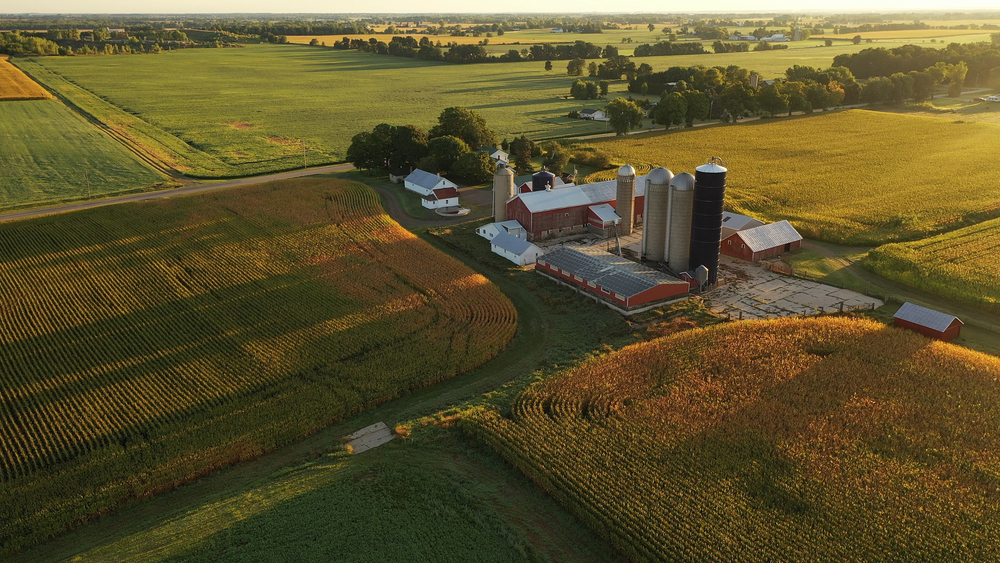ducks4you
Garden Master
- Joined
- Sep 4, 2009
- Messages
- 13,247
- Reaction score
- 20,192
- Points
- 437
For what it is worth~

 modernfarmer.com
modernfarmer.com

 modernfarmer.com
"Producers in China and Vietnam have also used ducks and geese to chow down on weedy rice as a form of pest control."
modernfarmer.com
"Producers in China and Vietnam have also used ducks and geese to chow down on weedy rice as a form of pest control."

What Farmers Really Want From the 2023 Farm Bill - Modern Farmer
We dig into what groups across the country are asking for in the 2023 Farm Bill.

Rice Growers Continue to Battle Weedy Enemy - Modern Farmer
A new herbicide-resistant rice variety was supposed to help farmers control an aggressive weed in their fields. Now, the weed has evolved to be herbicide-resistant, too.

